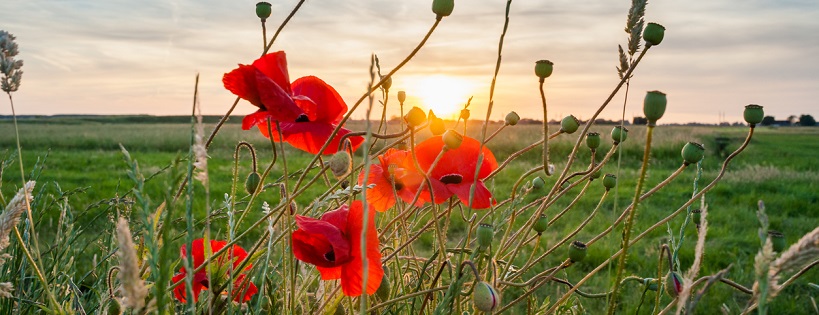WP1: Vulnerable transitions in later life
How do patterns of transitions in later life vary across gender, (life course) socioeconomic status and local context?
- How many experience specific transitions? When do transitions occur and in what sequence? Are they voluntary or involuntary, expected or unexpected transitions (on-time or off-time)?
- To what extent does one transition trigger a next transition (domino effect)?
- To what extent do transitions occur concurrently (including also partner’s transitions)?
WP2: Differential effects of transitions
Does the impact of transitions on ageing well vary across gender, (life course) socioeconomic status and local context?
- To what extent do transitions affect change in wellbeing and functioning over time? Are effects delayed, do they dissipate or grow over time?
- Does wellbeing buffer adverse effects of transitions on functioning over time?
- Do we find similar results across different measures of wellbeing and functioning?
- To what extent do effects differ between own transitions and partner’s transitions?
WP3 Resilience among older adults
How do some older men and women manage transitions in later life well despite having a low socio-economic status throughout life?
- Are there groups of low SES persons that are resilient in the face of life transitions?
- Which protective life course factors contribute to resilience despite socioeconomic adversity?
- What do older adults themselves define as aspects of resilience?
- In what ways does local context contribute to resilience among older people with low SES?
